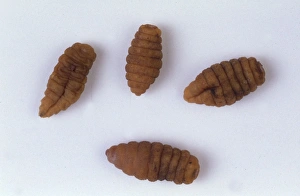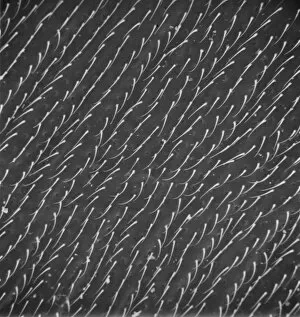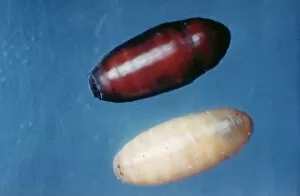Calliphorinae Collection
"Exploring the Fascinating World of Calliphorinae: Bluebottle Maggots and Beyond" Calliphorinae, commonly known as bluebottle maggots
All Professionally Made to Order for Quick Shipping
"Exploring the Fascinating World of Calliphorinae: Bluebottle Maggots and Beyond" Calliphorinae, commonly known as bluebottle maggots, are a diverse group of insects belonging to the family Calliphoridae. These fascinating creatures play crucial roles in various ecosystems worldwide. One well-known species within this family is Calliphora, often referred to as the bluebottle due to its striking metallic blue coloration. The larvae of these flies have unique feeding habits and can be found in decomposing organic matter such as carrion or animal remains. Another intriguing member of the Calliphorinae family is Cordylobia anthropophaga, also known as tumbu fly larvae. These larvae infest warm-blooded animals including humans, causing myiasis – a parasitic condition where they burrow into living tissue. Blowfly larvae are another type found within this group. They serve an essential ecological role by aiding in decomposition processes through their feeding on decaying matter. Among them is Calliphora vicina, commonly known as blowfly or blue bottle. The life cycle of these flies begins with eggs laid by adult females like those from the species C. Vicina on suitable substrates such as carrion or other organic materials. Once hatched, their offspring undergo several larval stages before pupating and eventually emerging as adults. Interestingly enough, some species like Cordylobia anthropophaga exhibit behaviors that differ from typical blowflies; instead of laying eggs directly on carrion or decaying matter, they preferentially target hosts for oviposition. Exploring the world reveals a remarkable array of species with unique characteristics and ecological roles ranging from scavenging carcasses to parasitizing warm-blooded animals. Their presence not only contributes to ecosystem functioning but also provides valuable insights into nature's intricate web of life.












